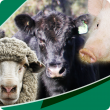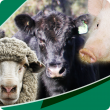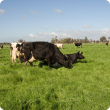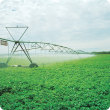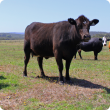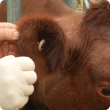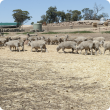Filter by regions:
- (-) Remove Great Southern filter Great Southern
- (-) Remove Mid West filter Mid West
- South West (241) Apply South West filter
- Peel (221) Apply Peel filter
- Wheatbelt (220) Apply Wheatbelt filter
- Goldfields-Esperance (203) Apply Goldfields-Esperance filter
- Perth regions (196) Apply Perth regions filter
- Gascoyne (175) Apply Gascoyne filter
- Kimberley (147) Apply Kimberley filter
- Pilbara (144) Apply Pilbara filter




